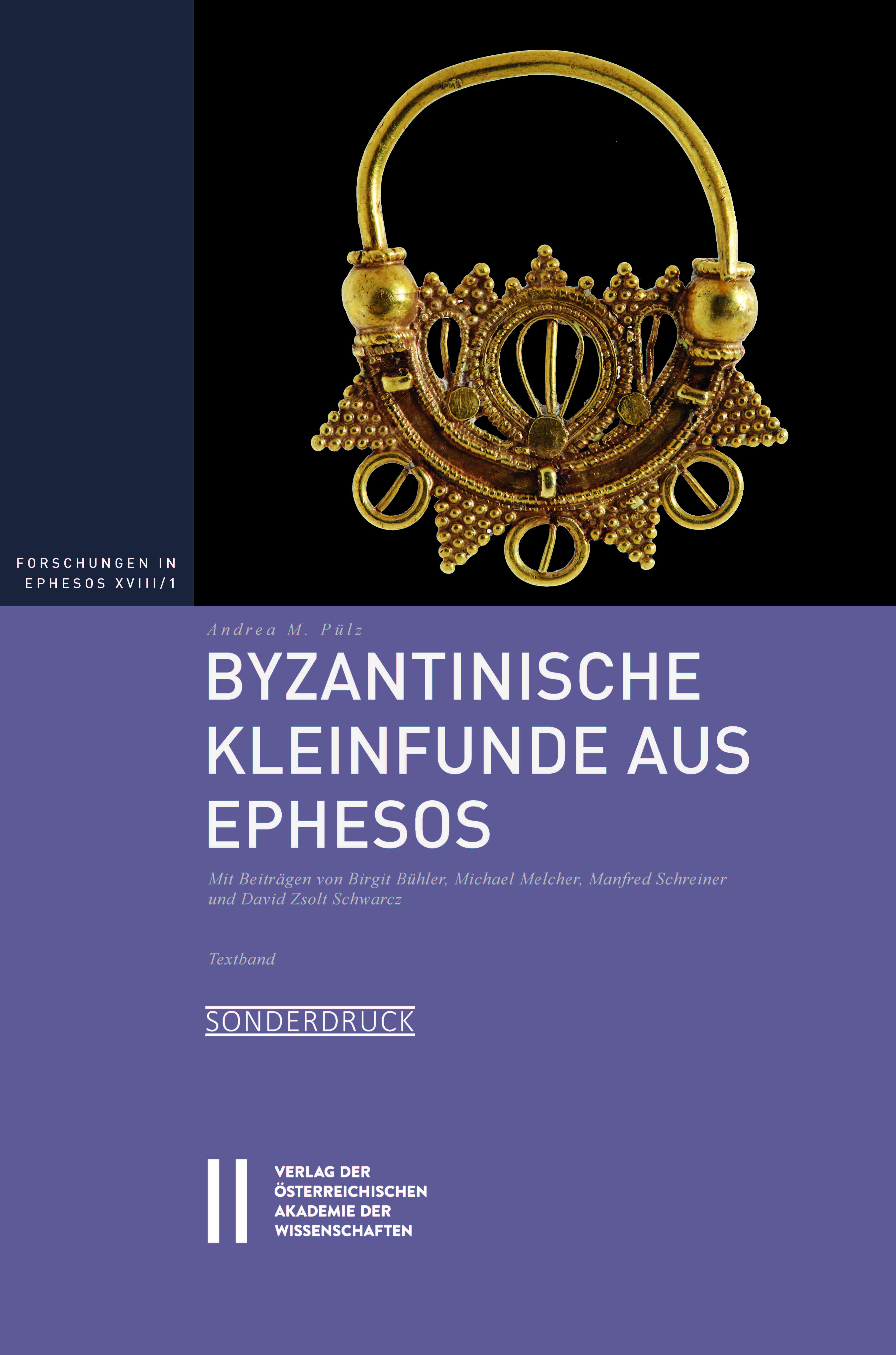


In Ephesos umfasst die materielle Kultur der byzantinischen Periode neben Körper- und Gewandschmuck auch Kleinfunde mit liturgischem Hintergrund, Geräte, Werkzeuge und Waffen sowie kleinteilige Ausstattungselemente wie Beleuchtungskörper, Schlösser und Schlüssel. Mannigfaltig sind ebenfalls die dafür verwendeten Materialien: Luxusgüter sind aus Edelmetall und Elfenbein hergestellt, Schmuck des Alltags hingegen meist aus Buntmetall gefertigt.
Erklärtes Ziel dieser Arbeit war die möglichst vollständige Vorlage des Materials inklusive der Herstellungstechnik und Materialzusammensetzung der Objekte. Die interdisziplinäre Zusammenarbeit konnte wesentlich dazu beitragen, regionale Tendenzen und lokale Vorlieben herauszuarbeiten, und anderen gut dokumentierten Fundregionen gegenüberzustellen.
Gedruckt mit Unterstützung des Fonds zur Förderung der wissenschaftlichen Forschung (FWF).

…
The material legacy of the Byzantine period from Ephesos includes, in addition to jewellery and dress accessories, liturgical artefacts, various instruments, tools and weapons, as well as small-scale implements including lighting devices, locks, and keys. The materials used are equally varied: luxury goods are frequently produced from precious metals and ivory, while ‘ordinary’ jewellery is usually made of non-ferrous metal.
The declared aim of this study was a presentation of the Ephesian material as complete as possible including the manufacturing techniques and the material composition of individual objects. The interdisciplinary collaboration allowed to identify regional tendencies and local preferences as well as to compare the artefacts with other well-documented regions.
Printed with the support of the Austrian Science Fund (FWF)
2020,
978-3-7001-8132-3
978-3-7001-8688-5
364 + 294 Seiten, 127 Tafeln, zahlr. Farb- u. s/w-Abb.,
29,7x21cm, gebunden, deutsch